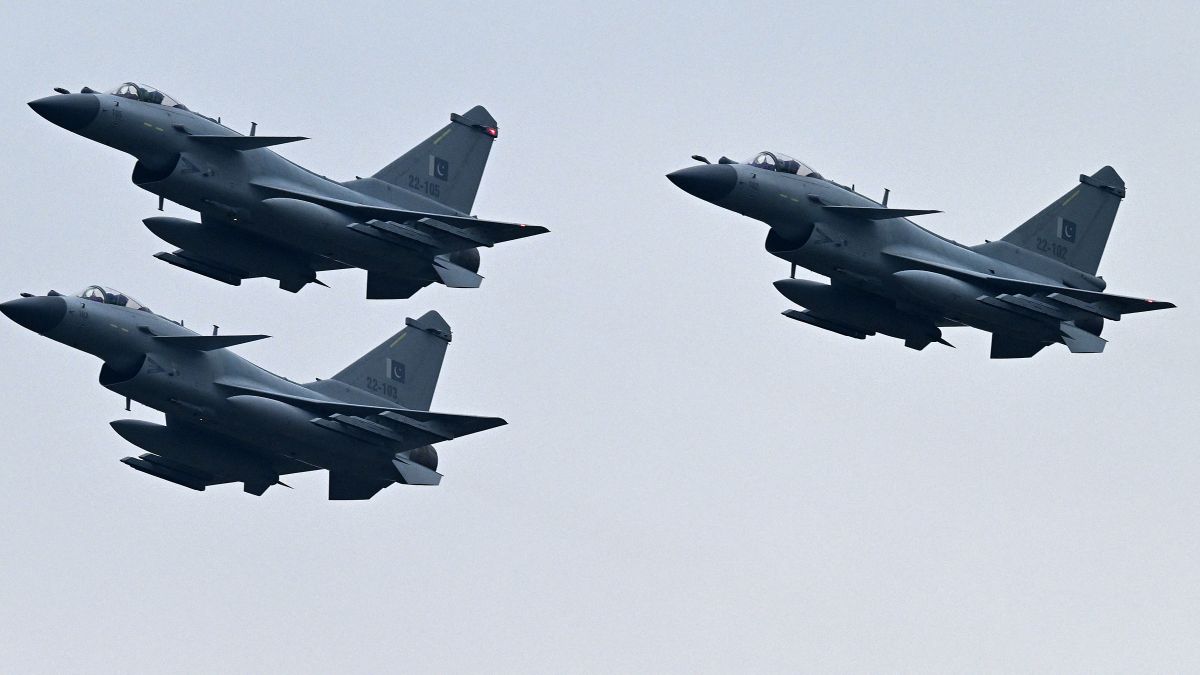Chinese social media users have slammed their government’s move to fast track delivery of 30 J-35A stealth fighter jets to Pakistan at half the price, labelling it as “financially and strategically reckless”
According to a Times of India report, as per the deal, which marks China’s first export of a fifth-generation combat aircraft, the deliveries will begin as early as August 2025.
The decision, however, has left many Chinese citizens baffled and angry, especially as the J-35A, also known as the FC-31, is still undergoing testing and has not even yet been inducted into China’s own air force, added the report.
“Pakistan has also made a lot of fake news. How can it afford to buy it? It hasn’t even paid for the J-10,” ToI quoted a user, posting under the handle @Zhejiang from the Yingyang Medical School, as saying.
The comment refers to Pakistan’s pending payments for earlier J-10C fighter jets purchased from China.
Another user under the name @CQL0530 criticised Beijing’s production priorities, asked “China’s own production of the J-35 has not yet been built up. How can it be given to them?”
Some users showed no restraint. “Bullshit!” wrote one, as quoted by ET.
The phrase “2 more powerful printers are coming,” shared by user Cracked Rose, was interpreted by some as a reference to the government printing more money, or jets, to fund the project.
Impact Shorts
More ShortsTiming of China-Pak deal draws criticism
The announcement of China’s deal to supply 30 J-35A stealth fighter jets to Pakistan has faced scrutiny not only over the jet’s readiness but also its timing.
Coming just days after a terror attack in Jammu & Kashmir’s Pahalgam, Indian analysts interpret the deal as China arming Pakistan amid escalating cross-border tensions.
Within China, social media users are questioning whether the government is effectively subsidising a military client with limited financial capacity.
“It is more in your interest to spend money on building and purchasing industrial equipment and infra,” ToI quoted one commenter as writing.
Concerns also focus on whether China is selling a “concept jet”— a fighter still in development — presented as a finished product. Although the J-35 is designed to compete with US-made fighters like the F-35, it lacks combat experience or proven operational capabilities.
High-risk gamble
China previously promoted the J-10CE fighter jet, also supplied to Pakistan, as “combat-tested,” citing Islamabad’s claims that it shot down Indian Rafales during ‘Operation Sindoor’.
However, these claims remain unverified outside Pakistani media and have been met with skepticism.
Attempts to export the J-10CE to countries like Egypt, Brazil, and Uzbekistan have so far been unsuccessful, reported Times of India.
Experts attribute this to the jet’s reliance on Russian engines — such as the RD-93 and AL-31— which are considered outdated and pose increasing risks amid geopolitical tensions and supply chain uncertainties.
According to Times of India, citing reports, Pakistani pilots are already training in China to operate the J-35.
However, the Chinese government has yet to release an official statement addressing the backlash or confirming details of the sale, added the report.
While India is expected to closely monitor the situation, many in China are questioning who truly benefits from the deal.
If finalised, Beijing may present it as a strategic effort to strengthen regional influence.
Yet for many ordinary citizens, it increasingly appears to be a high-risk gamble — funded by Chinese taxpayers — on an unfinished aircraft sold to a buyer with a questionable credit history.
With inputs from agencies


)

)
)
)
)
)
)
)
)



